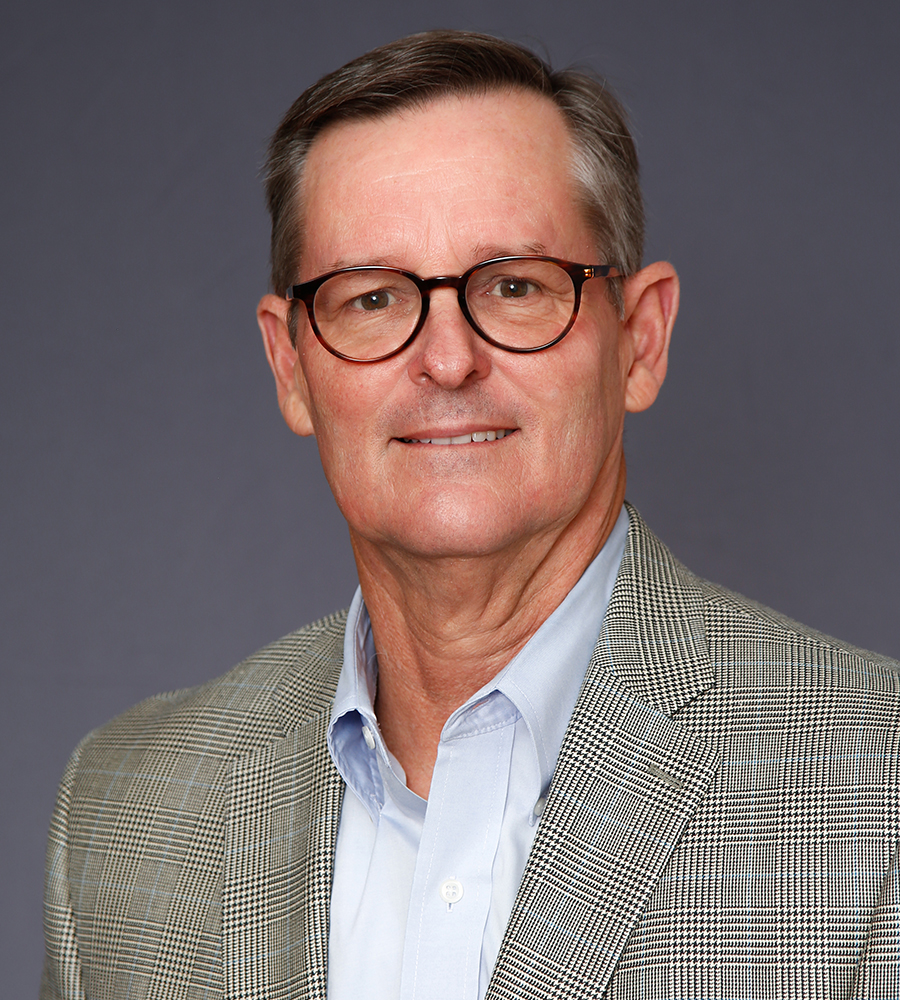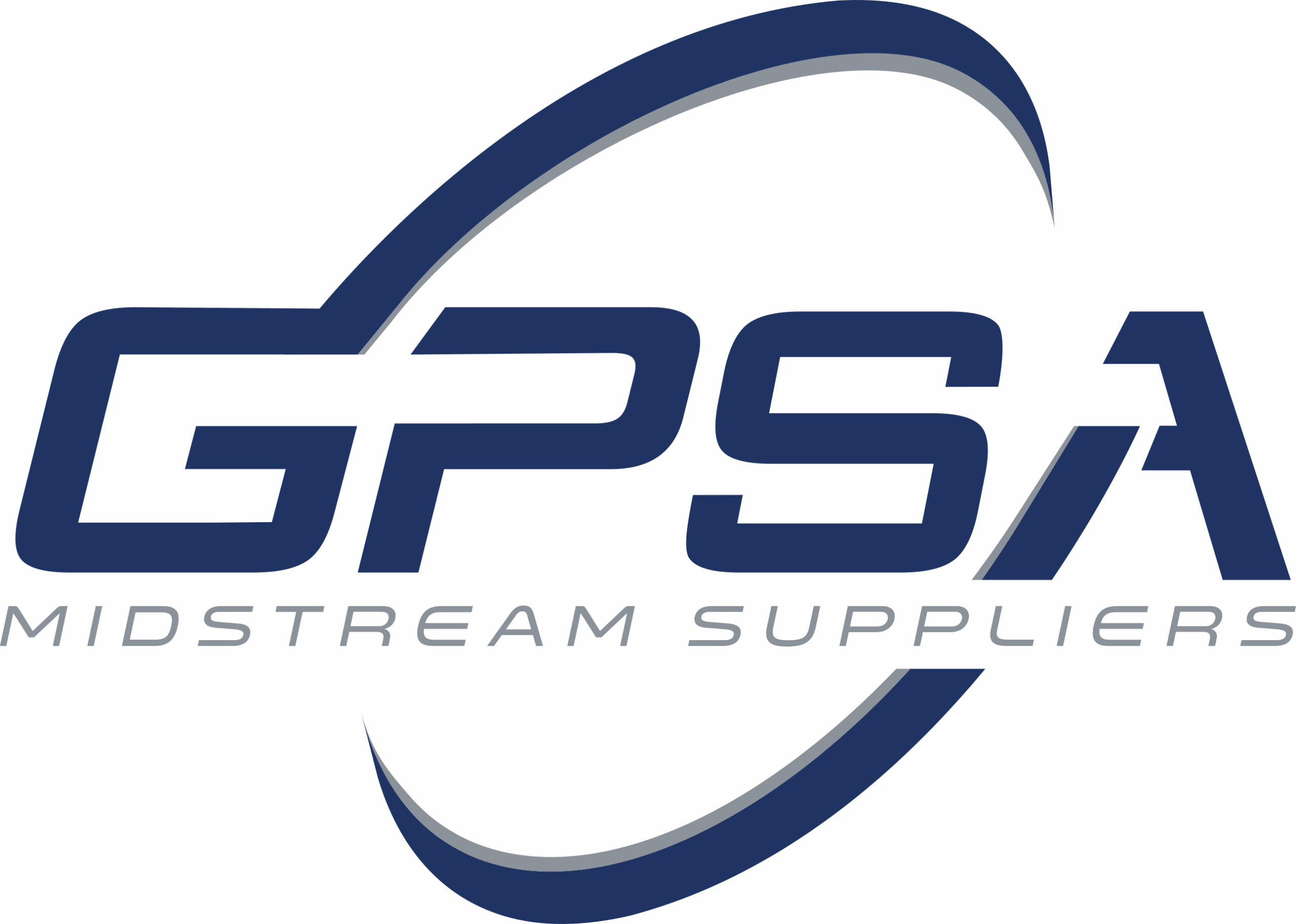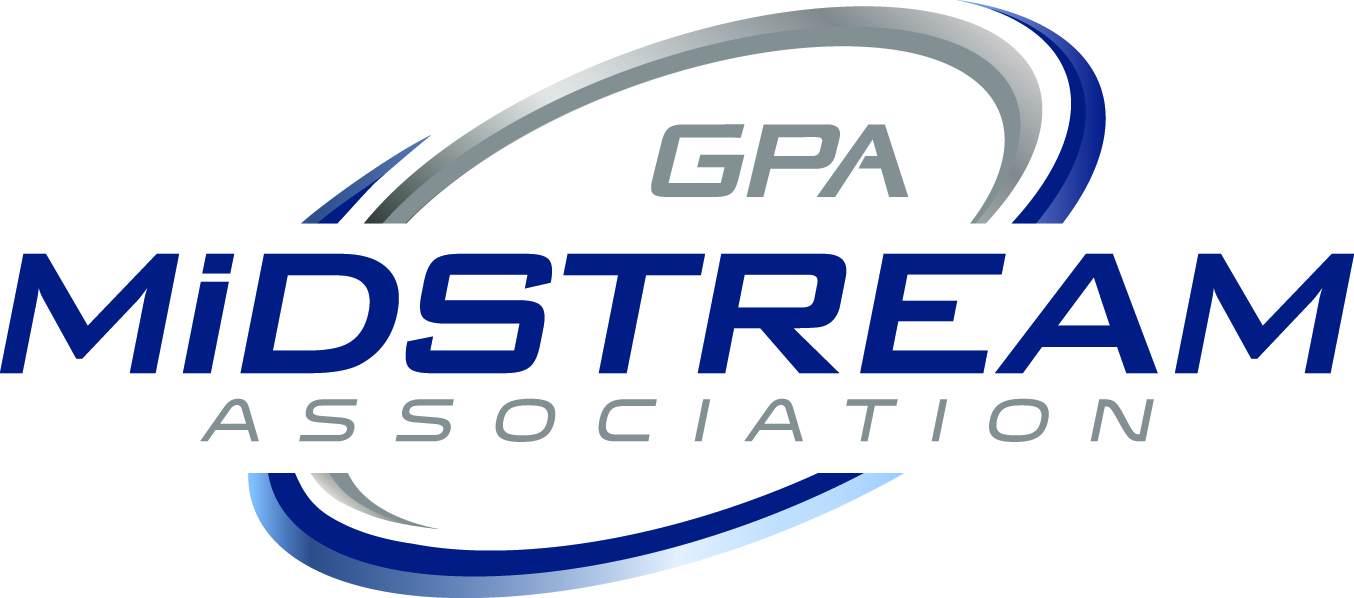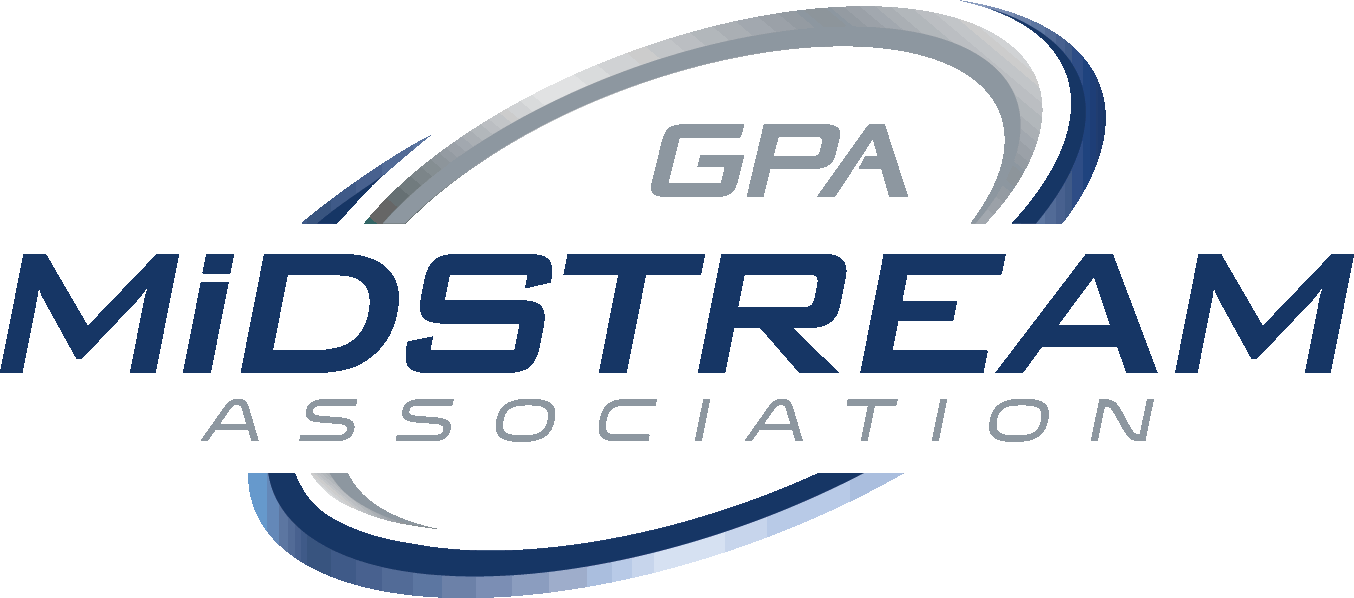
A message from Clark White, former Chair, GPA Midstream Association
We are in an industry driven by technological innovation and a constant focus on doing things the right way. In the last two years as chairman of the GPA Midstream Association, I've seen the people represented by our member companies rise to occasion to meet challenges posed by government regulation while still fulfilling our vital role in keeping this nation running.
The rapidly growing dependence on electric power to keep the lights on and cars and trucks moving has made the midstream infrastructure even more crucial with natural gas necessary to provide the lion's share of power generation.
We've had windmills for 20 years and solar expansion, but if you add all of the power from those sources they still only make up 3% to 4% of global energy production. In Texas, renewables have grown to around 26% of the Texas power market. As we experienced this summer, renewables are not always reliable and can lead to grid emergencies. I think we need base loads of natural gas fired power generation in addition to wind and solar. Thus, the narrative should be energy addition not energy transition for increasing demand and reliability.
The constant talk of energy transition has made recruiting for the midstream industry a tough job even though oil and natural gas will be essential for the foreseeable future. It is hard to get people into the industry because they have been told by the government that hydrocarbons are going away, but the reality is they’re still needed to drive the energy needs of the nation, including producing power to make lithium batteries for electric cars that are still largely recharged by electricity from natural gas.
We should evaluate everything on an energy balance that looks at how much energy goes into developing it, and how much it saves over the lifetime of the infrastructure.
Those opposing hydrocarbons as an important part of the mix are not looking at the whole picture of how much energy it requires just to mine lithium for the batteries. By the time you do everything necessary to make batteries for electric cars, have you already burned more hydrocarbons than you'll save in the future? We live in an environment where the reality of that balance isn't taken into account, and opponents of hydrocarbons merely shout down common sense discussion.
Right now, probably 85% of the globe doesn't have our standard of living. They want to live like us and the only way they can get there affordably is with hydrocarbons because the alternatives are still too expensive to install. Meanwhile, China is building coal-powered plants to produce cheap energy used to make goods that are then sold to America.
As an industry we have to keep telling our story and give the public facts. The Let's Clear the Air program is part of that.
The campaign educating the public is more than halfway into its second period of a digital marketing communications effort aimed at scientifically curious Gen Z and Millennial adults. The campaign is designed to attract the interest of those who want to understand how things in their lives work and then provide facts about the industry and how it fits in their lives. The campaign’s research showed a significant gap between what people think they know about energy, and the realities of how it’s produced.
On the pipeline regulation front, we have made strides even though a regulatory environment that makes it difficult to get anything done. GPA Midstream has done a good job of trying to slow regulation changes and get people to look at things in a different light.
Many government agencies are driving decisions, and the bureaucracy is driving issues that Congress should be voting on. That has made it difficult to make changes and get pipelines built where they need to be and build out other infrastructure improvements.
The association had a big win in getting changes to a rule that had called for expensive automatic shut off valves for gas pipelines even in sparsely populated or unpopulated areas such as West Texas. Most of those gas gathering lines are in the middle of nowhere and operate at less than 50 pounds of pressure. The pricey valves were an unnecessary expense to be imposed without a cost benefit analysis.
On the methane emissions front we are still trying to figure out how the bureaucracy arrived at methane intensity requirements of 0.2 for oil and gas producers, 0.2 for transmission pipelines and a mere 0.08 on gas gathering lines and gas compression operations.
One of the things not taken into account when the rule was written, the so-called methane slip that comes from uncombusted methane in the engines. You have to use electric compression to get below the standard or change all your engines out to the old rich-burn engines. Two decades ago, the U.S. Environmental Protection Agency drove us away from the rich-burn engines to reduce certain types of emissions and switch to lean-burn engines that are now the standard. Unfortunately, those lean-burn engines are the source of methane slip.
The industry, however, is used to adapting and changing. We are asking suppliers to innovate and find ways to modify a large fleet of lean-burn engines to avoid or reduce the methane slip. These adaptions include flying over pipelines with the latest technology to identify leaks so they can be fixed immediately.
The challenge for GPA Midstream is to find technologies to make our industries more efficient and develop the technologies to reduce emissions and comply with new regulations. Our best and brightest continue to work on these issues and move the industry forward even as we work to bring in new talent. Innovation is critical to fulfill the vital role midstream will play for years to come.


